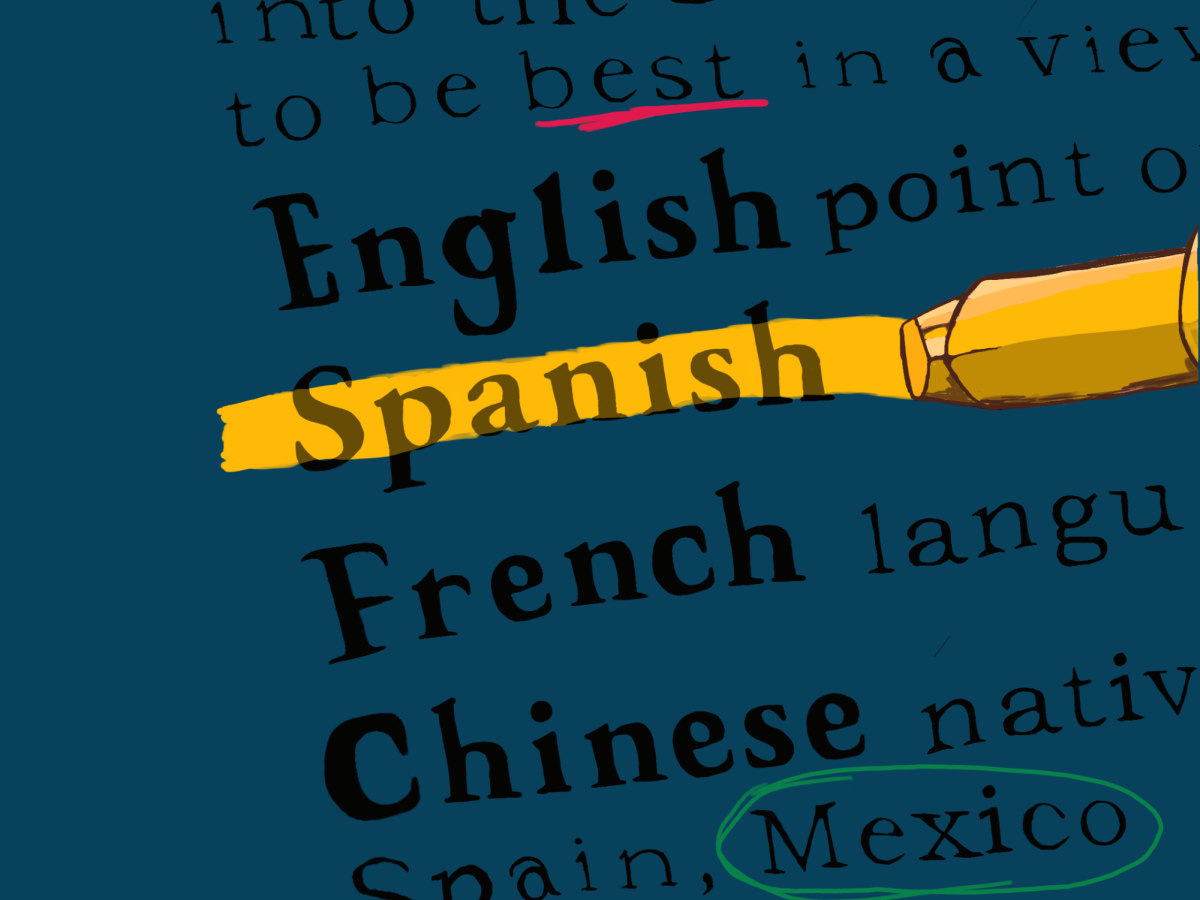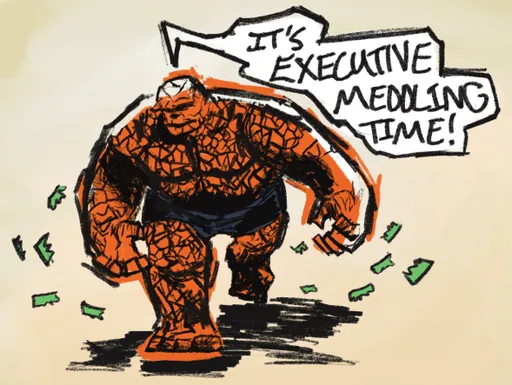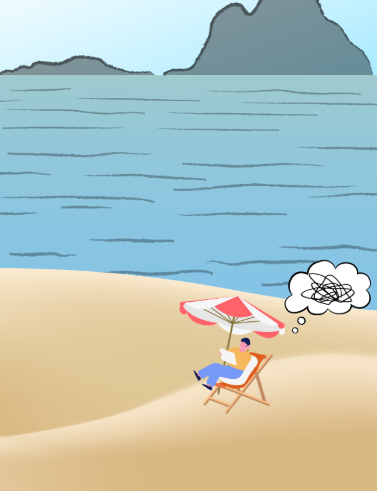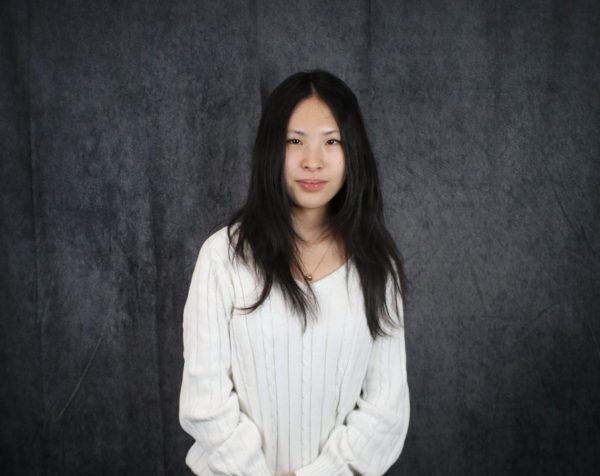Picture the microtrend final boss: a chunky Stanley cup, weighed down with a trio of cackling Labubu keychains and the pistachio-and-knafeh-filled indulgence of a Dubai chocolate bar, sloshing with a watered down strawberry matcha latte. It strolls into a Starbucks with Benson Boone’s hit song “Mystical Magical” blaring through the speakers. Today will be another slow morning watching the fifth season of “Love Island.”
The impact of these microtrends is dire: the loss of individuality.
Think of society as a bunch of crayons, all dressed and styled differently, all unique in our hobbies and goals. Now take these crayons and dump them under the sun, the pressure to keep up with the in-crowd, and we get a discolored mass.
Halfway through 2025, we’ve already cycled through dozens of what are known as “microtrends,” brief Internet infatuations that spur thousands to buy certain products. People have begun buying in excess. As a result, what starts out as new, niche and exciting quickly becomes oversaturated.
For example, Dubai chocolate. It first hit the markets in 2022, created by Dubai-based company FIX Dessert Chocolatier. It went viral, causing many lower quality imitations to spring up worldwide. The recipe seems simple: chocolate, pistachio cream and the Middle Eastern dessert knafeh.
Today, many corporations have capitalized on the trend, including Lindt and Trader Joes, who have since begun selling their own versions. iHOP and Shake Shack have also released Dubai chocolate-based menu items with pancakes and shakes respectively, not to mention the countless lesser-known brands joining in on the hype.
The same can be said of Labubu dolls, collectible figurines of a furry, smiling monster. The character was created by Hong-Kong artist Kasing Lung, who took inspiration from fairy tales and folklore.
Promoted by pop artists like Lisa of BLACKPINK and Dua Lipa, Labubus have taken the market in storm. Some of their limited edition skins have even been priced over $100, such as the solid gold Labubu. Cheap counterfeits known as “Lafufus” have popped up everywhere, from Ebay to street markets.
“Everyone has them, and they just keep on collecting more. Like trend hoppers; those people are wasting money and a lot of the stuff goes to the landfill anyway,” sophomore Janhavi Mastakar said.
The more people focus on the latest fad, the less they focus on discovering their personal interests. Thus, individuality dies down and the crowd starts to look more and more like a flock of identical sheep slogging to the same destination.
If your drink of choice is black coffee, or chai, or oolong tea, you don’t have to commit yourself to chugging a matcha at every cafe. If you think Calico Critters or more minimalistic accessories are cuter, you don’t need a Labubu on your bag. The worst thing you can do is shape yourself to fit into a mold rather than creating your own mold out of clay, something you can morph and tweak to fit your contours and desires.
Not only have microtrends begun molding people, but they have also begun molding our natural world. Due to the speed at which microtrends fall out of fashion and new ones rise to take their place, overconsumerism has worsened.
In 2023, 2.1 billion tonnes of municipal solid waste were generated and in 2020, the global direct cost of waste management was about 361 billion dollars. This is predicted to rise in the next few decades.
While scrolling through social media, you hear many times over a set of shiny nails tapping on an equally shiny, pastel product. You see many an influencer touting their Lululemon shopping hauls, opening stacks and stacks of cardboard and paper bags in their aesthetic bedrooms and trying out every item on the menu of some trendy new food spot.
You want all this. It’s pretty and other people say it’ll make your life all better, so why not buy it? This phenomenon is known on the Internet as FOMO, a fear of missing out. As social media allows us to view stories and posts from others’ lives, people grow more fearful that they may be absent from “rewarding experiences” they see others enjoying.
Before buying something an influencer says you “must have,” consider some key questions.
- Do you need this?
- Does its quality live up to the price?
- Does it suit who you are or want to be?
- In 10 years, will you still like it?
- Even now, do you actually like it?
Commit to slower living. Instead of consuming, you can try producing. Buy your own fabric and sew that top you’ve been wanting. Paint your own tote bags. Reuse glass jars and Altoid tins as storage.
The biggest step you can take in cultivating your identity and helping out the environment is to invest in creative hobbies. Not only will you end up with products that fit your personal tastes and don’t require the additional effort and cost of modification, incidentally you will have less time to blast through online microtrends, and more time to focus on yourself.
Also, try second-hand shopping. Online, you can browse websites like eBay, Poshmark, Vinted, Depop, ThredUp and so on for discount items. Thrift stores like Goodwill and Salvation Army, as well as smaller local ones, are great in-person options. Los Angeles also has many flea and farmer’s markets where you can buy and try homemade or sustainably produced goods.
In order to create a better, more sustainable future, don’t be that “microtrend final boss.” Be yourself, as common a message as this is. Buy (or better yet, create) what you love even if it’s not trending or new. Remember that those who immediately jump for the speeding bandwagon very often lose themselves on the way up.










